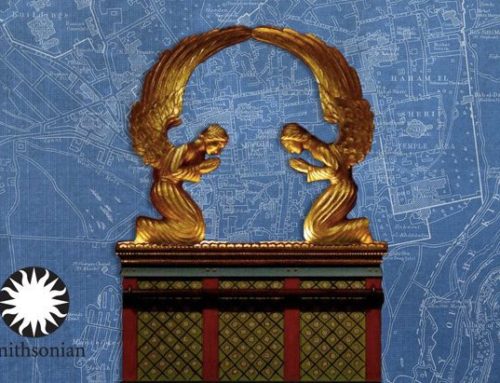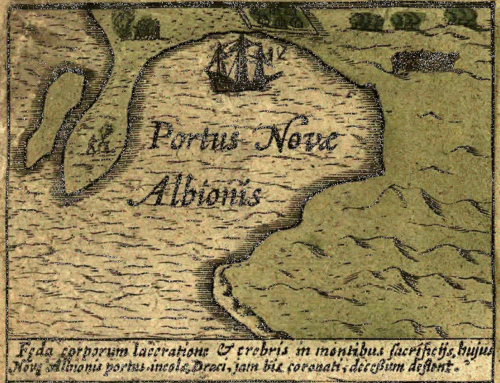Amenhotep III was succeeded by one of the first known monotheists
Not long after Amenhotep III died, in 1353 B.C., masons entered his mortuary temple and methodically chiseled out every mention of Amun, the god said to have fathered the great pharaoh. Astonishingly, the order to commit this blasphemy came from the king’s own son. Crowned Amenhotep IV, he changed his name to Akhenaten in his fifth year on the throne and focused his energies on promoting a single god, Aten, the sun disk. Together with his beautiful queen Nefertiti, he built a new capital, Akhetaten (today known as Amarna), banned representations of several deities and set about destroying all inscriptions and images of Amun, from the Nile Delta to today’s Sudan.
Akhenaten’s attempt to suppress one god and advance another in a culture that reveled in a complex pantheon of ever-changing deities did not endure. Yet no other pharaoh—save perhaps his son, the boy king Tutankhamen, who quickly reversed his father’s campaign—has so captured the modern imagination. Agatha Christie wrote a play and Philip Glass composed an opera named after Akhenaten, and Nobel Prize winner Naguib Mahfouz penned the novel Dweller in Truth about the heretic king who dared to overturn a religious system that was older than Islam is today. The ancient Egyptian set of beliefs, with its focus on death and the afterlife and with deities who can change their species, remains alien and mysterious to most Westerners.
Early Egyptologists saw in Akhenaten’s approach the first stirring of the great monotheisms of Judaism, Christianity and Islam to come. “Not a rag of superstition or of falsity can be found clinging to this new worship,” wrote Flinders Petrie, a British archaeologist who dug at Akhenaten’s capital in the early 1890s. Sigmund Freud even argued that Moses was an Egyptian priest who spread the religion of Aten. There is, of course, no evidence linking the cult of Aten to today’s monotheisic beliefs, and no archaeological evidence of Hebrew tribes appears until two centuries after the pharaoh’s death. Nor do scholars agree on what accounted for Akhenaten’s beliefs. “As a result,” says Egyptologist Betsy Bryan at Johns Hopkins University, “people tend to allow their fantasies to run wild.”
But Akhenaten’s faith can at least be traced to the time of Amenhotep III, who named a royal boat as well as a Theban palace after Aten. (The name “aten” had simply been a word meaning “sun” until Amenhotep III’s father elevated Aten to the status of a deity.) Amenhotep III’s primary devotion, however, was to Amun-Ra, a combination of Thebes’ deity Amun and the northern Egyptian sun god Ra. According to an inscription describing the pharaoh’s conception, Amun disguised himself as Thutmose IV and entered the queen’s bedchamber. The god’s alluring aroma woke her, “and then the majesty of this god did all that he desired with her.” By claiming Amun as his father, Amenhotep III “tried to show himself as close to a god as any pharaoh before him,” says Bryan.
While Amenhotep III accepted the traditional view that all gods are aspects of the same divine essence, there are hints that a theological split was already in the offing. Bryan notes that some inscriptions from the pharaoh’s mortuary temple mention only Aten.
Other Egyptologists point out that Akhenaten tolerated other gods and seems to have had it in just for Amun. Some believe that in erasing Amun, Akhenaten may have wanted to bring more order to a confusing pantheon. Others think he was battling the political power of a wealthy priesthood. And then there are more psychoanalytic interpretations—that he either worshiped his father as Aten or rebelled against his father’s devotion to Amun. Ray Johnson of the University of Chicago sees a link between the sculptures and friezes of Amenhotep III’s reign and the naturalistic art of Akhenaten’s time, and he and others suggest that father and son shared the throne for some years before the father’s death at around age 50. “We don’t get motivations” in the surviving texts, says John Baines of Oxford University. “It’s very unwise to think we know enough to be sure.”
Still, Akhenaten’s eradication of Amun’s name and images throughout Egypt “has all the signs of a true extremist,” says Bryan. In any case, his vision didn’t survive him. After Akhenaten’s death, masons again entered Amenhotep III’s mortuary temple. They recarved Amun’s name, and while they were at it, they erased all mention of Akhenaten.




